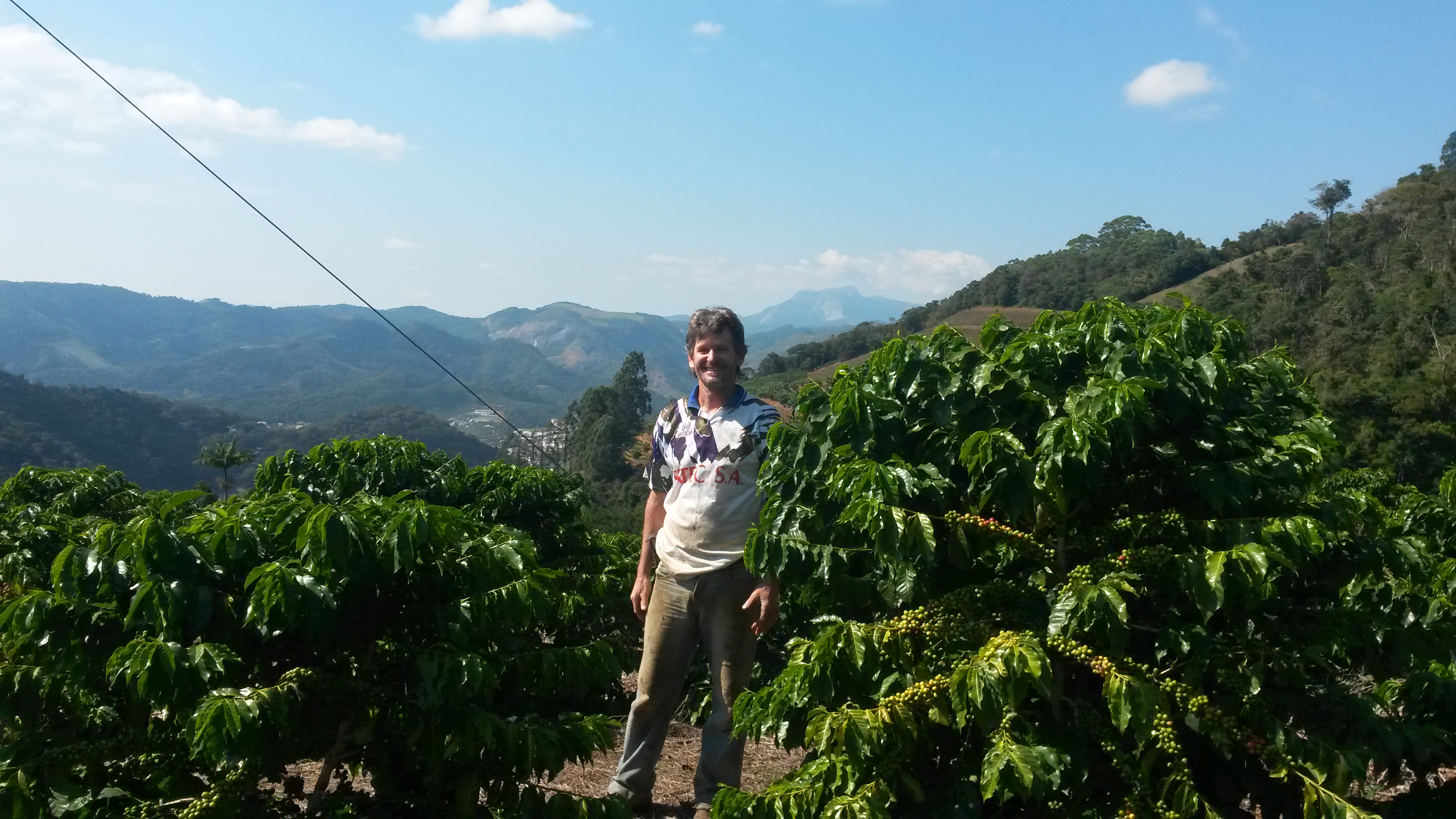The months between March and October are pretty busy for the couple Hélcio and Elenir. They invested in coffee and avocado plantation to diversify their income, but the great results were beyond that. “Most of our coffee is shaded by the avocado trees, which delays the maturation process and the fruit takes more time to develop its taste”, explains the farm owner, Helcio Falqueto.
Both cultures coexist in balance. “Actually, they help each other. The soil is protected from erosion and the plants help to keep water and nutrients in the same area”, states Elenir. The temperature is always between 12ºC and 24ºC, ideal for the coffee plant health. Another role of avocado plantation is keeping some coffee plagues away. With this strategy, their production is protected in an ecofriendly way.
Each year the Falqueto’s family celebrates two harvests: one with an average of 50 tons of avocado and another with 150 bags of coffee. “Coffee for us means prosperity. Everything we conquered was thanks to coffee and avocado”, reminds Helcio.
Considering that both crops are in the same time, the whole family is pretty busy during seven months picking the fruits. The huge amount of work in the property demanded lots of help so another family works with Helcio taking care of both plantations. The rest of the property is rich with native forest that was replanted 12 years ago by the family because sustainability was the way they chose to prosper long time ago.
Following the region trend, the pulped coffee rests in biological fermentation boxes for 10 – 12 hours and later it dries at a covered patio. These technical changes are recent considering that the farm dates from 1880, when the Italian family arrived in Venda Nova do Imigrante city (Espírito Santo).
Following the tradition, portions of the property were divided by sons and daughters and now Helcio Falqueto holds part of it. He is the third generation of farmers and 12 years ago he decided to name his property after his grandmother’s name: Grandma Lucia Calimam Falqueto as a tribute.

